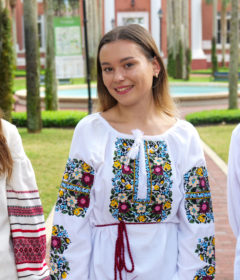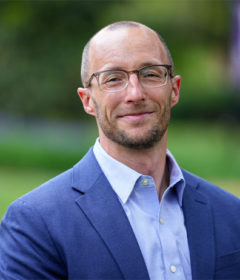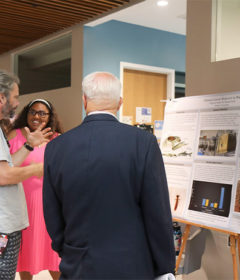Racism in America
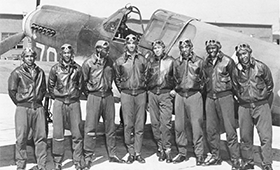
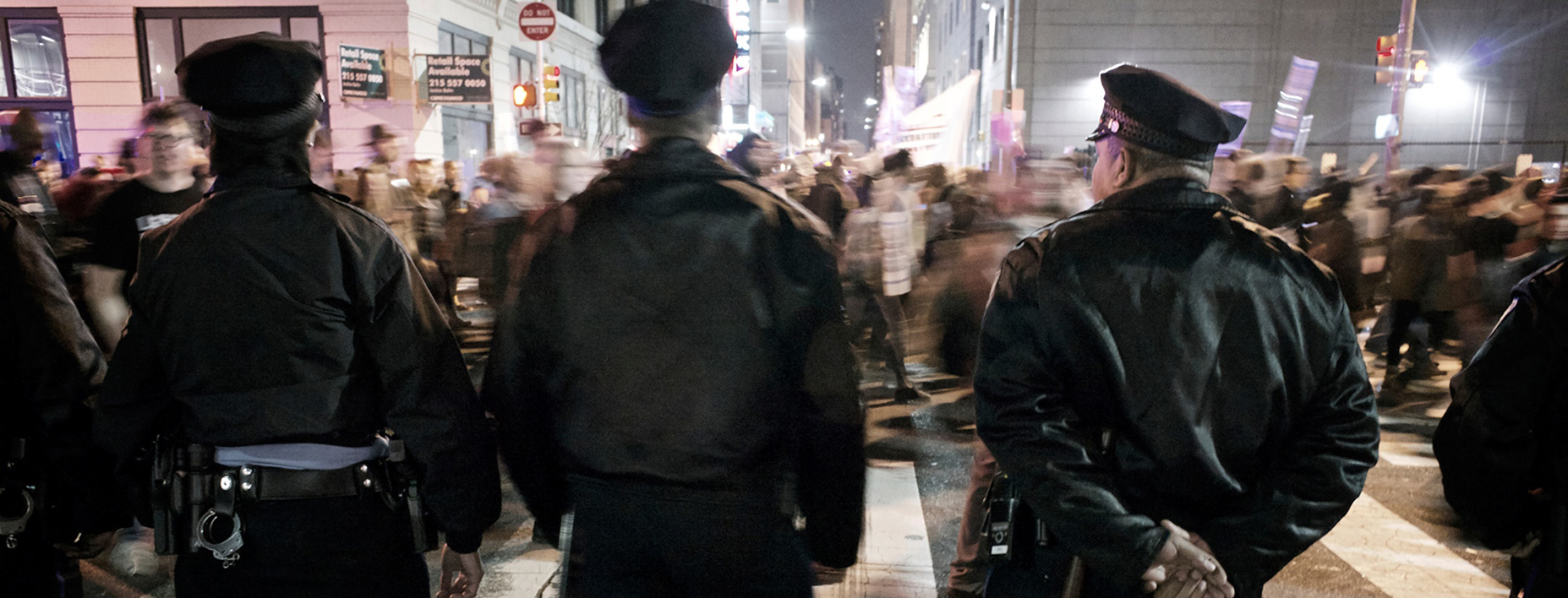
by George Salis
How far has our society come in matters of race relations? A New York Times/CBS News Poll put it starkly: not very far. The late July 2015 poll reveals that nearly six in 10 Americans, including heavy majorities of both whites and blacks, think race relations are generally bad, and that nearly four in 10 think the situation is getting worse.
“Raw video has thoroughly shaken American policing,” says another New York Times article, The Videos That Are Putting Race and Policing Into Sharp Relief. “Grainy images of questionable police behavior, spread through social media, have led to nationwide protests, federal investigations and changes in policy and attitudes on race.”
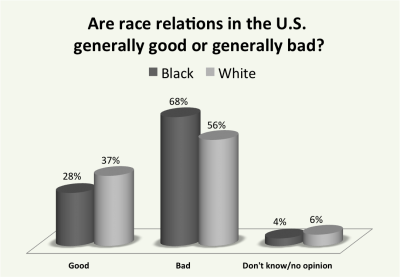
“A lot of white people are truly shocked by what these videos depict,” said Paul D. Butler, a law professor at Georgetown University and a former prosecutor who is quoted in the same article. “I know very few African-Americans who are surprised.”
How can American society seem to have come so far, voting an African-American into the presidency twice, yet seem so locked in its violent racist past?
Most of us remember Martin Luther King Jr.’s famous quote: “I have a dream that my four little children will one day live in a nation where they will not be judged by the color of their skin, but by the content of their character.” In that succinct sentence, he provided us with an important distinction: race and skin color versus character. The question, though, remains: How widespread has King’s distinction become? What are the relations between races in America?
The Meaning of ‘Race’
The case of Rachel Dolezal, who recently stepped down after a year as the head of the Spokane Chapter of the NAACP, has forced Americans to consider the meaning of race. For years she claimed to be black, yet her white birth parents, affirmed her ancestry as primarily German and Czech.
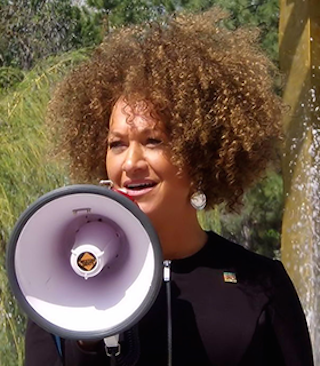
Some defend Dolezal and point to her activism and effectiveness as a leader. The defenders believe that a civil rights leader can be anyone, no matter his or her race. Others blasted her for lying and charged that she had diminished the black community’s real struggles by practicing hurtful racism. She was accused of having used her bogus identity to advance her career
“We live in a nation that defines who we are by the color of our skin,” said Patrick Coggins, Ph.D., a Stetson University professor of education. “Dolezal cannot get beyond that. Whether she wants to define herself as someone of European descent or not doesn’t matter. It has already been done for her.
“For example, I cannot deny I’m black, but my philosophy does not have to be ethnocentric,” Coggins said, noting that “our birth certificate, our parents and society’s perceptions of our color define our racial group.”
It doesn’t help that terms like “African-American” or “Caucasian” are misleading. African-American suggests that anyone with a darker complexion emigrated from Africa. “Caucasian is a pseudoscientific ‘race’ category invented by German philosopher Christoph Meiners. He coined the term Caucasian in the late 18th century for those he believed to have facially attractive features, while he categorized those as unattractive as ‘Mongolians.’”
No one can dispute that we are all part of the human race. Science proves that our human genome traces us all back to Africa.
Therefore, race is an invention.
As the anthropologist Ashley Montagu pointed out, race is “man’s most dangerous myth.” It is “one of the most destructive factors in the history of humankind.”
Coggins co-founded the nationally acclaimed Project Harmony that trained more than 25,000 young people to positively deal with racial violence in public schools. This effort began as an experimental program at DeLand Middle School in 1993.
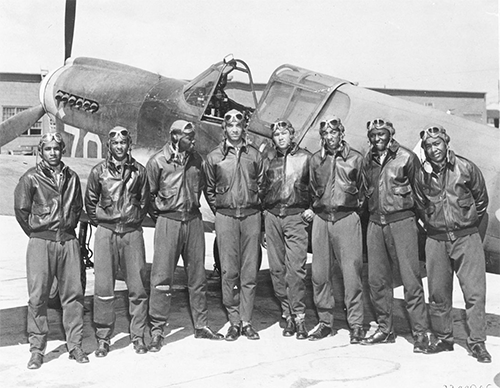
“In the ’40s, a congressional study asserted that the Tuskegee Airmen, who were of African descent, did not have the brains to fly an airplane,” said Coggins, who wrote a book on the subject. “This was during the segregationist Jim Crow period,” Coggins added. “To me, that is a vicious attack on humanity.
“Of course, the Tuskegee Airmen flew the airplanes that helped win World War II, because they never lost a bomber they escorted,” Coggins asserted. “Therefore, intelligence has nothing to do with one’s skin color. It has to do with whether everyone is given an equal opportunity and are treated as humans beings.”
Symptoms & Diagnosis
The notion of different races damages a democratic society, according to Coggins. One recent tragedy proves his point.
Dylann Roof walked into Mother Emanuel A.M.E. Church, a historic black church in Charleston, S.C., and killed nine people and wounded three others. His friends said he wanted to start a race war, according to an NBC news report.
Other recent race-related incidents include the shooting of unarmed blacks, the burning of black churches and other atrocities.
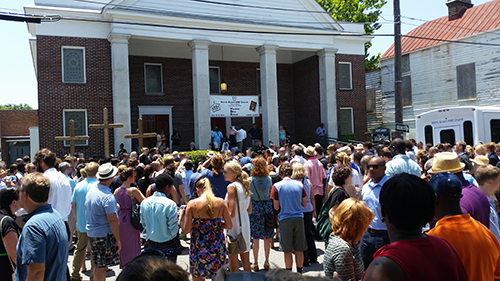
“These hate crimes are not new,” said Associate Professor of Economics Ranjini Thaver, Ph.D., who teaches a comprehensive course on gender, race, class and sexuality. “They’ve been occurring for as long as the idea of ‘race’ has existed, but they were below the social radar. It has recently come to the fore mostly because society, especially our youth, see the inhumanity and injustice of it.”
“Ideologically, 10 to 20 percent of our society is locked in the past,” said Coggins. “There are people who still believe in segregation and defining others based on their race rather than their character.”
Coggins sees the spike in hate crimes as societal growing pains. “According to FBI statistics, hate crimes have risen by over 300 percent from 1960 to 2010,” he said. “I think people are aware and afraid that there has been a ‘browning’ of this nation. In a decade, whites will become the minority.
“People are becoming uneasy,” he added. “I don’t think anyone expected, for example, that we would have a president of African descent elected during our lifetime. This achievement was due in part to reaching beyond the race of the president to focusing on his character and capabilities.”
Why Can’t We All Just Get Along?
Is there a cure for racism?
“We must not be silent,” Coggins asserted. “We must point out the racism that exists in America and make sure that the constitutional rights of all Americans are not hindered in any way.”
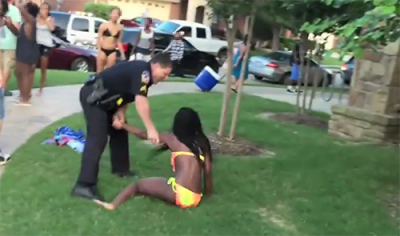
America seems to have a long way to go to reach this ideal. The media and others still describe racial incidents in black and white terms. For example, at a pool party in McKinney, Texas, where two white women allegedly caused a fight, a police officer pursued black teenagers while ignoring the white kids. Even the white teens said the officer was being unfair, and one partier shot video to prove their case.
“Videos such as this show that many are tired of injustice,” said Thaver.
Coggins gave three examples for helping others become more culturally aware:
- An infusion of texts and materials in the education system that allow young people to learn about different cultures.
- Study abroad and other travel programs that offer real-world exposure to different cultures.
- The realization that democracy is about working and living together, no matter the color of your skin.
But will these suggestions work?
“I’m seeing more rainbow profile filters on Facebook than confederate flag ones,” said Joshua Turner, a reformed neo-Nazi skinhead from Los Angeles. “The couple of racist guys where I work keep their opinions to themselves because they are outnumbered by people like me who will stand up to their hate and intolerance.”
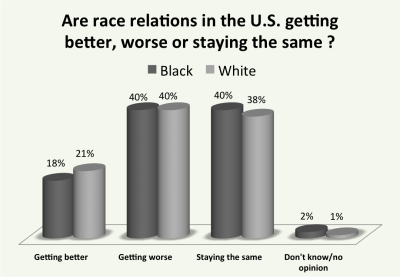
What made him reform his racist ways? The works of biologist Richard Dawkins and philosopher Peter Boghossian were “the turning point for me,” Turner said. “I realized I wasn’t applying reason and critical thinking to my life. Once I started doing that, I got clean, dropped out of the skinhead gang and got married.”
He also founded Saved by Reason, the first secular prison outreach organization in America.
“The Socratic method is a toolset that requires self-reflection and critical self-inquiry,” explained Turner. “It also requires you to be painstakingly honest. If you use it correctly, you will come to the logical conclusion that hating people based on their culture or race is absurd and unwarranted. Furthermore, the toolset strips away the validity of the conspiracy theories that hold the racist movements together.”
Conversation is also a powerful tool for curing racism. For instance, NPR’s “Snap Judgment” tells the story of Daryl Davis, a black musician. Unexpectedly, Davis’ concerts at the Silver Dollar Lounge in Maryland in 1983 attracted the admiration of a Ku Klux Klan (KKK) member, who told him he sounded like Jerry Lee Lewis. Every six weeks the KKK member attended his concerts, along with other Klan members, until Davis quit the band near the end of the year and lost contact with him.
Over the years, Davis found himself puzzled by the concept of racism.
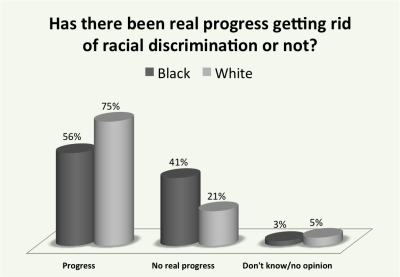
“It was incomprehensible to me that someone who had never seen me before, someone who knew absolutely nothing about me, would want to inflict pain upon me for no other reason than the color of my skin,” Davis said. Eight years later Davis began his investigation into racism by tracking down the now ex-KKK member who had enjoyed his playing, and obtained contact information for then-KKK state leader, Roger Kelly. At the end of a tension-filled interview, Davis and Kelly became more comfortable with each other.
“I kind of like Roger Kelly,” Davis later told one of his friends. “I like him as a person. I do not like what Roger Kelly stands for, but I found that we had more in common.”
What they disagreed on was race.
“When you disagree with someone, you challenge them,” said Davis. “But you don’t challenge them rudely or violently. You do it politely and intelligently. And when you do things that way, chances are they will reciprocate. Over time, the cement that held [Kelly’s] ideas together began to get cracks in it, then it began to crumble, and finally fall apart.”
A few years ago Roger Kelly quit the KKK and gave Davis his robe and hood. Davis later befriended other Klan members, and his actions helped to “end the KKK in the state of Maryland.”
Education and conversation make a difference. Remember the nation’s motto, E pluribus unum: out of many, one. One America despite race, religion, creed, or other distinguishing characteristics.
“Recognizing and accepting those differences is what makes our journey on this Earth so incredibly dynamic and beautiful,” said Thaver.
As Stetson University works to fortify its position as a place of inclusive excellence, matters of race still haunt our nation. How we resolve them and create a country of inclusive excellence will take an ice-cold-water reality and attitude adjustment.
The following video was created by 2014 graduate Alexandrina Sue Andre when she was still a student at Stetson. The documentary has been aired during the university’s annual Values Day. Learn more about Andre and the film in this Stetson Today story.

